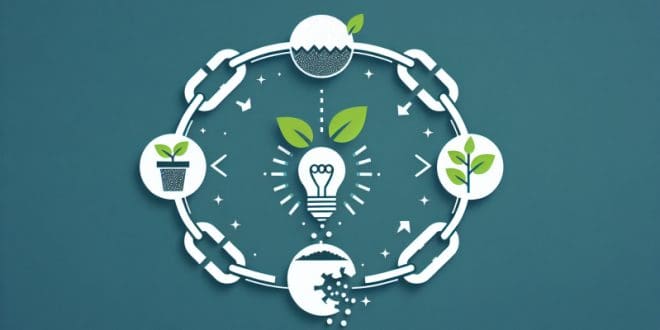As non-profit organizations navigate the choppy waters of financial uncertainty, the reliance on grants can often resemble a double-edged sword. While grants are essential for survival, they can also lead to a cycle of dependency that stifles long-term sustainability. It’s a paradox that the community faces: how to maintain the lifeline of grants while also fostering independence and growth?
The traditional grant model has been straightforward – provide funds for a specific project with a clear start and end. However, this model overlooks the fact that non-profits need more than project-based support; they require the tools and capabilities to thrive long after the grant money has been spent. This is where the concept of ‘capacity-building’ grants shines as a beacon of hope.
Capacity-building grants are designed not just to fund projects, but to bolster the organizational infrastructure and skills essential for non-profits to stand on their own feet. Such grants might cover a range of needs, from strategic planning and leadership development to technology upgrades and financial management training. They are investments in the organization’s very foundation, ensuring it can continue to serve its mission effectively and independently.
Take, for instance, the case of a small nonprofit dedicated to literacy. A traditional grant might fund a year’s worth of reading programs. Conversely, a capacity-building grant might provide resources for the nonprofit to develop a strategic fundraising plan, train its staff in cutting-edge educational methods, or upgrade its database systems for better tracking of outcomes. These improvements can lead to a more significant impact than the initial reading programs would have ever achieved alone.
The grants community must shift its paradigm from short-term assistance to long-term empowerment. Grant-makers can lead this change by fostering partnerships with nonprofits, focusing on shared goals for capacity building and sustainability. By setting more flexible conditions and offering support beyond financial aspects, grant-makers can help nonprofits develop the resilience needed to weather financial storms.
Researchers play a vital role in this ecosystem. They track and validate the impact of grants, ensuring that capacity-building efforts lead to tangible outcomes. Their findings can inform better grant-making practices and illustrate to funders the value of investing in an organization’s long-term health.
Transforming the traditional grant model requires a collective effort and a bold willingness to innovate. By prioritizing capacity-building grants, the grants community can create a more sustainable future for nonprofits. A future where these organizations are not only surviving but thriving independently, capable of continuing their critical work without the constant search for their next funding source.
In conclusion, the journey towards sustainability is not a solitary one. It is a collaborative path that grant-makers, nonprofits, and researchers must walk together, breaking the cycle of dependency and ushering in an era of empowerment. The rewards of this approach will be reaped not only by the nonprofits themselves but by the communities and individuals they serve.
 Grants Club Community
Grants Club Community







